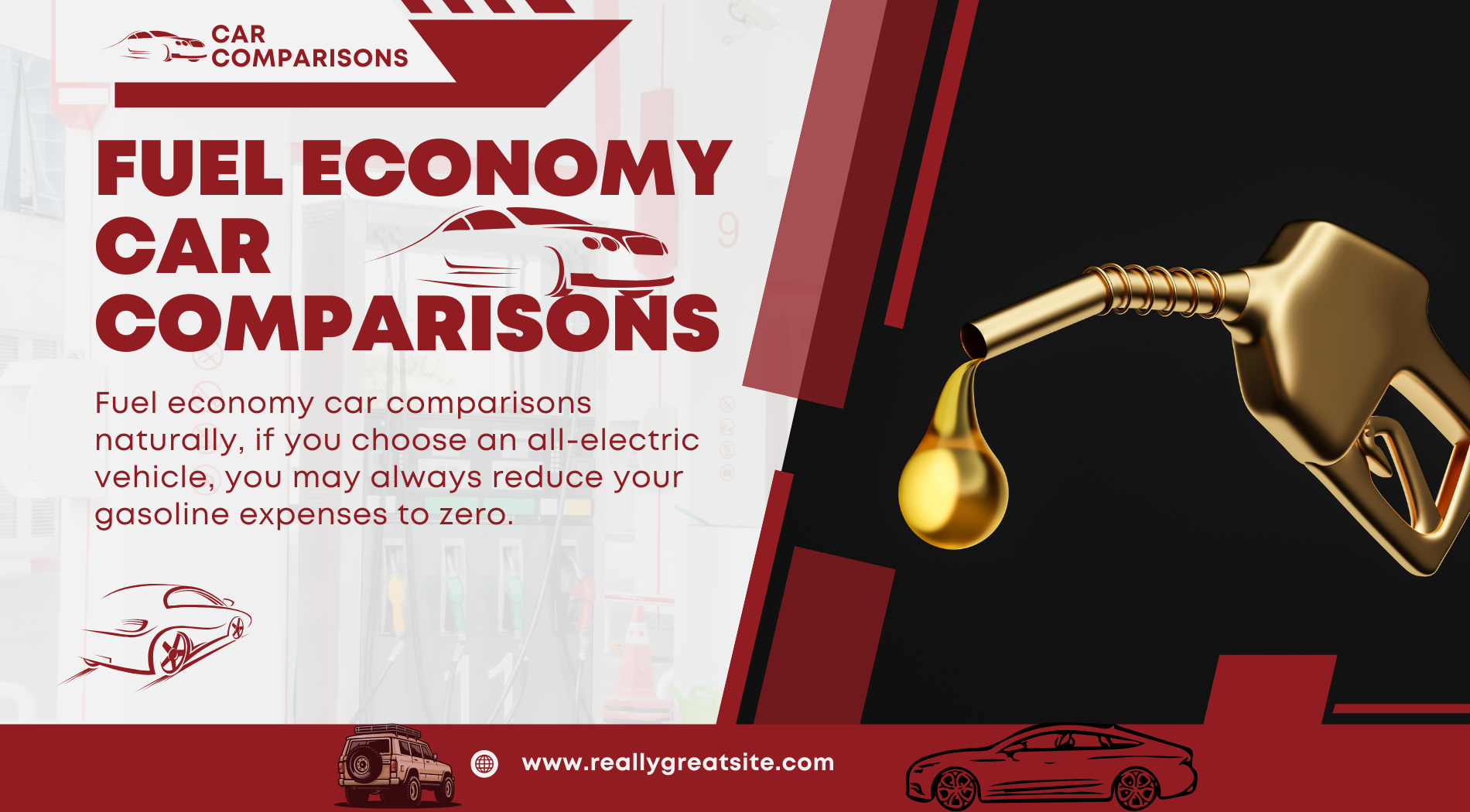Vehicle Comparisons: The performance and other features of contemporary automobiles in today's automotive technology are driven by AWD (all-wheel drive) and 4WD (4-wheel drive). These high-tech drive systems changed our driving, either off-road excursions or city impasses. Let us clarify the differences in AWD and 4WD systems, their benefits, and their applications given the rising popularity of AWD and 4WD cars. Among the various advantages AWD and 4WD vehicles offer are improved traction, handling, and off-road capacity.All Wheel Drive Vehicle Comparisons Since AWD systems such as those featured in the Maruti SUV Brezza and the Hyundai Creta constantly monitor wheel traction and modify power distribution from front to rear wheels, they provide a perfect driving experience
The Ultimate Guide to AWD Vehicle Comparisons
AWD cars: what are they
What, then, is AWD in automobiles? Whether on demand or full-time, all-wheel-drive (AWD) automobiles have a motor and can supply power to all four wheels simultaneously. They are hence known as all-wheel drives and are made to boost traction or handling in many conditions, including wet, snowy, and slick roads. Although they may not be as trustworthy or long-lasting as 4WD systems in severe off-road conditions, they help reduce wheel slide when driving on slick roads. AWD: What is it? Reflecting how many axles and wheels may be powered, some of the most often used AWD configurations include 1x1 AWD, 2x2 AWD, 4x4 AWD, 6x6 AWD, 8x8 AWD, etc. Luxury automobile companies frequently make use of them to increase fuel economy and preserve steady driving performance.
Describe 4WD vehicles.
Four-wheel-drive vehicles, also referred to as 4WD automobiles, are able to power-train and simultaneously provide torque to all four wheels. On many surfaces, including off-road conditions, they may offer effective traction and handling. What, then, is a 4x4 automobile? Usually full-time or demand-driven systems, 4WD automobiles can be connected via a transfer case, adding an extra output drive shaft and, in many cases, extra gear possibilities.All Wheel Drive Vehicle Comparisons a vehicle with four-wheel drive is powered by four wheels linked to at least two separate axles. What is 4WD? Usually, the term 4WD refers to a car whose transfer case lets it automatically or by hand go from 2WD to 4WD.
Differences between Four-Wheel Drive and All-Wheel Drive
Two separate powertrain systems that run all four wheels of a vehicle are four-wheel drive (4WD) and all-wheel drive (AWD). While 4WD systems are part-time and must be manually engaged, AWD systems are usually full-time and run automatically. AWD and 4WD therefore differ in what exactly? Above, you may find what is all-wheel drive. Knowing the variations between these two systems—AWD versus 4WD—allows you to decide which car best fits your particular demand. AWD and 4WD differ primarily in these five ways.
Read also: Plug In & Power Up: The Ultimate 2024 Electric Car
Authority Distribution
All-wheel drive (AWD) systems transmit engine torque across two wheels via the central differential, as in 4x4 vs. AWD. Transfer cases—which function as locked differentials—are used in 4WD systems. Usually not under driver control, AWD systems may transfer torque to both axles at varying rates. AWD systems vary from all-wheel drive to four-wheel drive, yet in off-road circumstances, 4WD is more trustworthy and long-lasting.

Drivers' Control
AWD is full-time and runs automatically, whereas 4WD is part-time and calls for user intervention. Whereas 4WD systems are part-time and require user engagement, AWD systems are full-time and operate automatically. This lets 4WD systems convert between 2WD and 4WD modes, therefore giving the driver more control. When compared to 2WD cars, 4WD systems still have a firmer ride quality.
Fuel economy
Because AWD systems can distribute power more effectively than 4WD systems, they are typically more fuel-efficient in this regard. This is because AWD systems allow for more effective power distribution, thereby improving fuel efficiency. But given their sophistication, AWD systems might have more maintenance expenses. Regarding performance, the BMW 3 Series xDrive is really outstanding. All Wheel Drive Vehicle Comparisons Its strong engine choices and 0–60 mph acceleration time of 4.2 seconds make it a force to be reckoned with on the road. For those looking for an all-wheel-drive premium automobile, the 3 Series xDrive is a fantastic choice with its outstanding performance and feature list. All things considered, customers looking for a luxury all-wheel-drive car that shines in performance and fuel economy will find the BMW 3 Series xDrive to be rather good. Among its notable characteristics are
Off-road possibilities
Here, 4x4 and AWD vary; the 4WD systems usually fit harsh off-road conditions more suitably. This is because 4WD systems provide a more equitable distribution of power across all four wheels. This enhances the vehicle's traction and control in challenging off-road conditions. Though certain adjustments can help, 4WD systems can also be less efficient in terms of power use.
Read also: Electric Car Comparisons in the USA
Performance on the road is in demand.
AWD systems are superior for on-road driving because they can actively supply power to the wheel most in use. This is because AWD systems can distribute power more effectively, enhancing road handling and stability. But since AWD systems rely on a differential instead of a transfer case, they could not be as successful in low-traction circumstances as compared to four-wheel and all-wheel drive.
Is AWD or 4WD better for off-roading?
Generally speaking, 4WD is more robust and has more manual control, so it is better for off-roading. Tough terrain calls for 4WD vehicles, as they provide better traction and control in severe off-road conditions. Because 4WD vehicles allow the driver to switch between 2WD and 4WD modes by better controlling the vehicle, To increase the off-road capability of the vehicle, they are frequently equipped with high ground clearance, locking differentials, etc. A 4WD automobile could, however, have a harsher ride quality and might be more costly to service than AWD cars.
FAQs: All Wheel Drive Vehicle Comparisons
Which all-wheel drive system is best?
Our Five Favourite All-Wheel Drive Systems
- Audi quattro. Probably the most famous AWD system out there, Audi have been developing their quattro formula since its debut in 1980.
- Jaguar Intelligent Driveline Dynamics.
- BMW xDrive.
- Mercedes 4MATIC.
Which is better 4x4 or AWD?
On damaged or non-existed roads as well as for serious off-roading, a 4WD is superior. For daily use, an AWD is superior as it maintains the car in slippery, slushy, rainy, snowy, and icy road conditions. Ride quality and handling-wise, an AWD is superior than a 4WD.








.webp)
